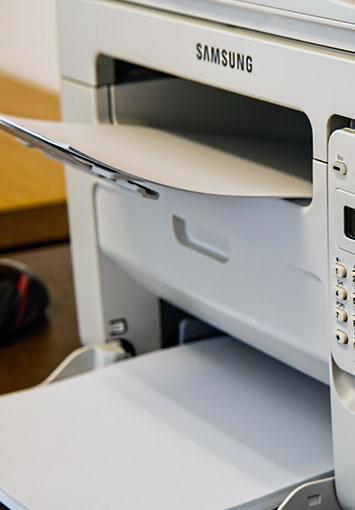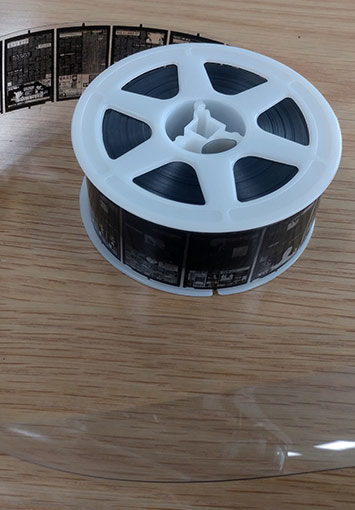Records Management Knowledge Center
Learn how to manage, organize, and store your critical data more efficiently.
Improving the accessibility and security of your data doesn't need to be difficult. Our knowledge base contains all the information you need to make informed decisions when its time to modernize your records management practices.
When it comes to protecting your business’ sensitive data, storing your records securely is only half the battle. Every record eventually reaches the end of its usefulness or falls outside of your retention policy, and keeping outdated information longer than necessary creates security risks. When it comes to protecting your business’ sensitive data, storing your
Running a business means dealing with a ton of paperwork. Contracts, invoices, employee records, tax documents… the list goes on. Some records need to be kept for years, whether for tax purposes, compliance reasons, or other business needs, while others don’t. To keep things simple, many businesses just store everything indefinitely, keeping every record that
Businesses are managing more information than ever before. Keeping it all organized, searchable, and accessible isn’t easy, but thankfully, metadata makes it possible. Metadata is data about your data. It tells you what a file is, when it was created, and how it’s meant to be used, so you don’t have to open it to
Eliminating paper from your business wherever possible is one of the best ways to take the pressure off. When all of your records are stored digitally, they’re easier to find, faster to share, and a lot more manageable.
Going paperless is a big step forward for any business, but in many cases, scanning alone isn’t enough. If you’re unable to find your documents once they’ve been digitized, the effort and resources spent on the process can feel wasted. That’s why indexing your digital records after scanning is such an important step. Proper indexing
Credit scores play a big role in everyday life, impacting everything from applying for a mortgage to purchasing a car or renting an apartment. Most people don’t think much about how much of their personal information gets shared behind the scenes when their credit is checked, but it’s a lot. That’s exactly why the Fair
Many people use the terms scanning and digitization interchangeably, and it’s easy to see why. Both involve converting paper documents into digital form, and both are part of the broader shift away from paper. But there’s actually a key difference between the two, especially when it comes to what you can do with your records once they’re digital.
Whether you’re trying to organize your files, share important paperwork online, or you’re just sick of paper piles, converting your scanned documents into PDFs makes them easier to store, use, and share. In this article, we’ll walk through a few simple ways to convert your scanned files to PDF using both free tools and paid
Microfilm was once considered to be the gold standard of information storage. At its peak, no other storage medium could match its convenience, affordability, and durability. Government agencies, libraries, and historical archives relied on it for long-term data storage, and even today, microfilm and microfiche are still in use. Even though most people have switched
A lot of businesses make huge investments in security infrastructure, technology, and IT staff to protect their data, while overlooking the final and often most important step in any data management program; document destruction. What happens to paper documents when they’re no longer useful?









